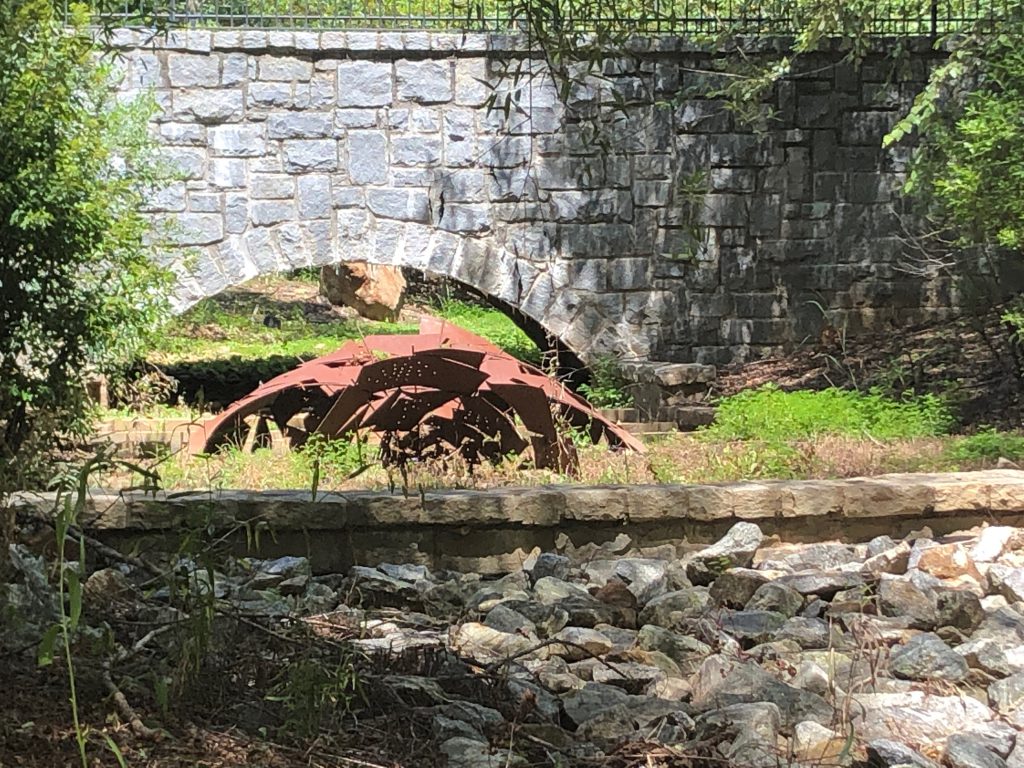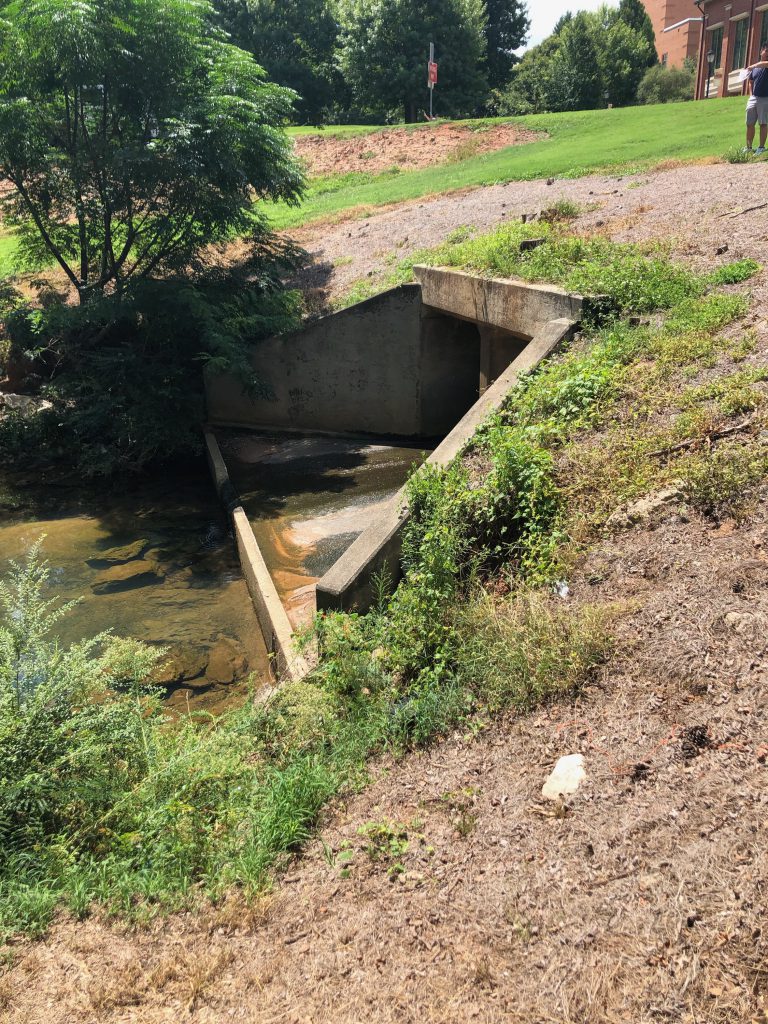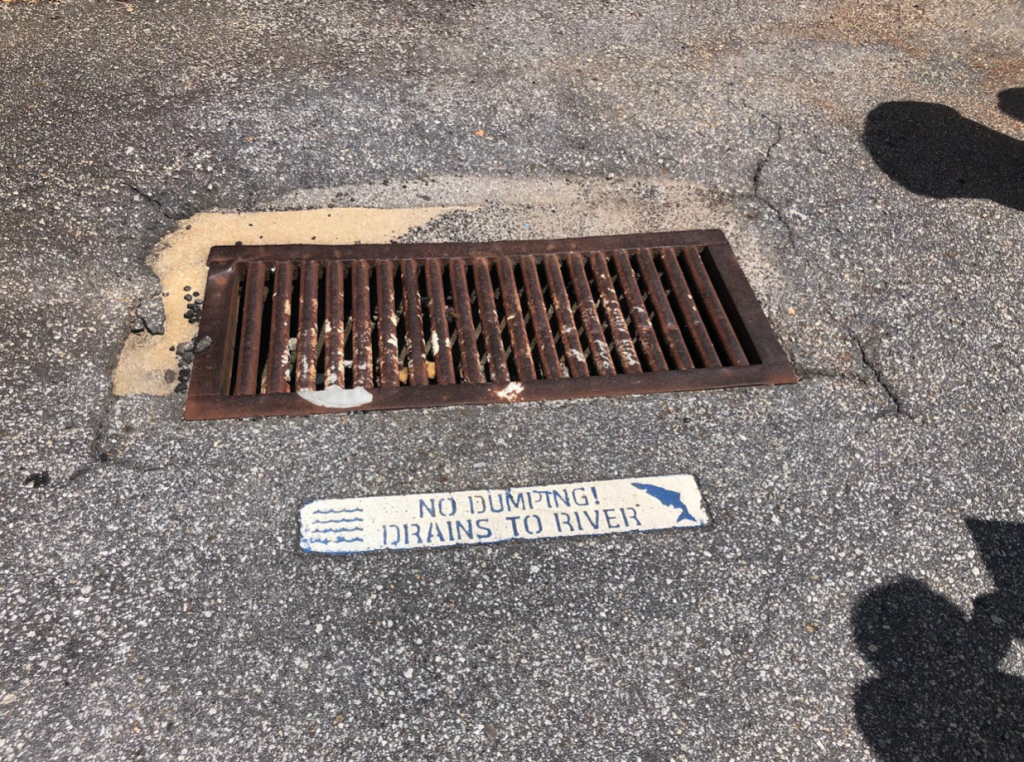2. What stuck out to me was the fact that the entire hill has turned into dead grass/dirt from the erosion. This monstrosity of a structure is an eyesore to the surrounding nature of the campus.
3. This picture makes me feel as if there is no point in rebuilding the landscape of the area around the culvert. Even the tree on the other side is struggling to handle the erosion on this hill. Someone who walks by would probably see it as something that isn just there, but doesn’t understand why it has put so much ware on the grass.
4. I feel a little dead inside when looking at this picture. The culvert has made this area a wasteland in the middle of a natural environment.
5. I think this picture highlights the inefficiencies with the culvert. It makes me wonder how just one torrential downpour would impact the surrounding hill.









